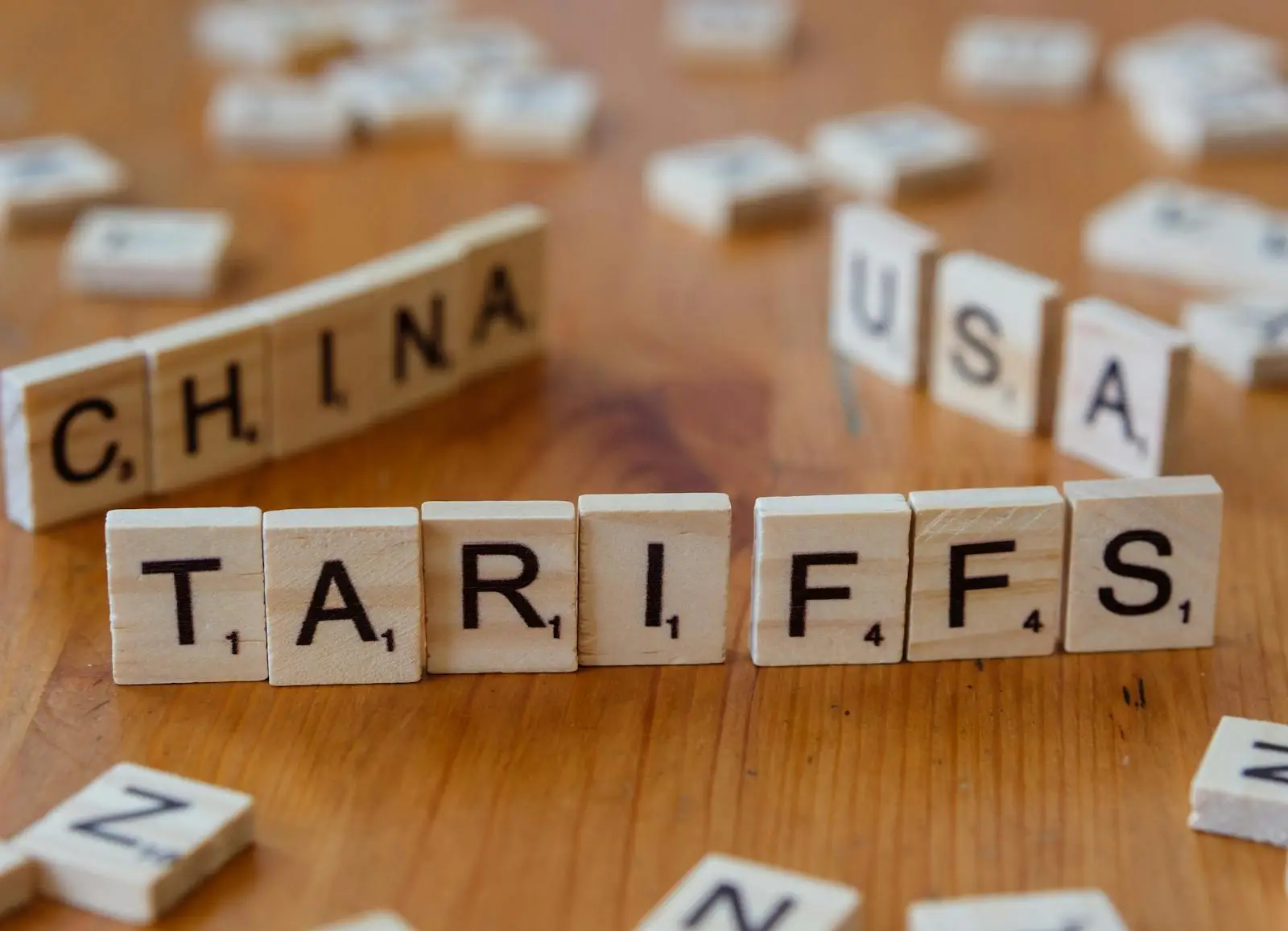The International Air Transport Association (IATA) announced global passenger traffic data for August 2018 showing strong passenger demand.
During August 2018, demand (measured in total revenue passenger kilometers or RPKs) climbed 6.4% compared to the year-ago period. This was slightly above the 6.1% annual increase for July. August capacity (available seat kilometers or ASKs) increased by 5.5%, and load factor climbed 0.7% percentage point to 85.3%, which was the highest for any month since at least 1990.
August 2018 | World share¹ | RPK | ASK | PLF | PLF |
Total Market | 100.0% | 6.4% | 5.5% | 0.7% | 85.3% |
Africa | 2.2% | 3.4% | 0.6% | 2.1% | 77.9% |
Asia Pacific | 33.7% | 9.5% | 7.3% | 1.7% | 84.3% |
Europe | 26.6% | 5.4% | 4.6% | 0.6% | 88.7% |
Latin America | 5.2% | 4.4% | 5.8% | -1.1% | 80.5% |
Middle East | 9.5% | 5.0% | 5.8% | -0.6% | 80.4% |
North America | 23.0% | 4.6% | 4.2% | 0.3% | 86.5% |
¹% of industry RPKs in 2017 ²Year-on-year change in load factor ³Load factor level
International Passenger Markets
August international passenger demand rose 5.6% compared to August 2017, in line with 5.5% year-over-year growth achieved in July. All regions recorded increases, led by airlines in the Asia-Pacific region. Capacity climbed 5.1%, and load factor edged up 0.4 percentage point to 85.0%.
- Asia-Pacific airlines’ August traffic increased 7.5% compared to the year-ago period, which was an acceleration compared to a 7.2% rise in July. Capacity rose 6.1% and load factor rose 1.1 percentage points to 82.6%. The upward trend in passenger traffic remains very strong, supported by structural changes, including ongoing rises in living standards in the region, as well as more route options for passengers that translate into time savings and ultimately stimulate demand.
- European carriers saw August demand climb 5.1% year-to-year, which was also an increase from the 4.5% growth recorded in July. However, in seasonally-adjusted terms, growth has tracked sideways since late spring. Capacity rose 4.5%, and load factor climbed 0.5 percentage point to 88.9%, which was the highest among regions. European demand is being affected by mixed signs on the economy as well as possible disruptions from air traffic control strikes.
- Middle Eastern carriers posted a 5.4% traffic increase in August, which was a slowdown from 6.2% in July. Passenger volumes have trended upwards at an 8% annualized rate since the start of the year. Capacity increased 6.3%, with load factor slipping 0.7 percentage point to 80.7%.
- North American airlines’ international demand rose 3.7% compared to August a year ago. While this was a slowdown from 4.1% growth recorded in July, this largely reflected developments a year ago rather than any change in the current healthy trend. Capacity rose 3.3%, and load factor grew by 0.4 percentage point to 87.2%.
- Latin American airlines experienced a 4.8% demand increase in August compared to the same month last year, up from 3.5% annual growth in July. Capacity increased by 6.5% and load factor slid 1.3 percentage points to 81.4%. Year-to-year comparisons are distorted by the hurricane-related disruptions of a year ago, and traffic has largely tracked sideways since April in seasonally adjusted terms.
- African airlines’ traffic climbed 6.8% in August. While this was a slowdown from the 7.4% growth recorded in July the bigger picture is that demand remains strong, despite an increasingly challenging environment in the continent’s largest economies. South Africa slipped back into recession in the second quarter and business confidence in Nigeria has moderated in recent months. Capacity rose 3.8%, and load factor surged 2.2 percentage points to 78.2%.
Domestic Passenger Markets
Demand for domestic travel climbed 7.7% in August compared to August 2017, up from the 7.2% growth recorded in July. Capacity rose 6.2% and load factor increased 1.2 percentage points to 85.7%. All markets reported demand increases albeit with wide variation.
August 2018 | World share¹ | RPK | ASK | PLF | PLF |
Domestic | 36.2% | 7.7% | 6.2% | 1.2% | 85.7% |
Australia | 0.9% | 1.5% | 0.8% | 0.5% | 78.0% |
Brazil | 1.2% | 3.8% | 4.8% | -0.8% | 79.5% |
China P.R | 9.1% | 14.9% | 11.7% | 2.4% | 88.0% |
India | 1.4% | 22.6% | 16.1% | 4.6% | 87.5% |
Japan | 1.1% | 1.1% | -0.6% | 1.3% | 80.3% |
Russian Fed. | 1.4% | 13.2% | 11.3% | 1.6% | 90.8% |
US | 14.5% | 5.2% | 4.6% | 0.5% | 86.1% |
¹% of industry RPKs in 2017 ²Year-on-year change in load factor ³Load factor level
*Note: the seven domestic passenger markets for which broken-down data are available account for 30% of global total RPKs and approximately 82% of total domestic RPKs
Indian airlines achieved their 48th consecutive month of double-digit traffic growth as demand rose 22.6%. Traffic continues to be stimulated by sizeable increases in the number of domestic routes served.
China airlines’ domestic traffic climbed 14.9% in August, which was a four-month high. In both China and India, huge demand increases are being supported by rising living standards and large increases in the number of flight choices.
The Bottom Line
“Aviation is the business of freedom, reuniting friends and families and connecting businesses to markets. To preserve that freedom, air links need to be maintained. For that reason, it is absolutely critical that UK and EU aviation negotiators achieve a post-Brexit agreement. It is not just about permission for flights to take off and land. Everything from pilots’ licenses to security arrangements, and much more besides, needs to be agreed upon. Mutual recognition of existing standards can address much of this, but we cannot wait until the eleventh hour. An assumption that ‘it will be all right on the night’ reveals little understanding of the complexities involved. Preparations should be made for every contingency, in an environment of far greater transparency than we have seen to date,” said de Juniac.













